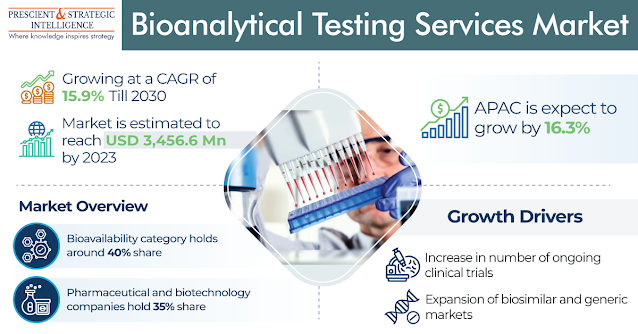The size of the polymeric adsorbents market was USD 140.5 million in 2023, which will power at a rate of 5.8% by the end of this decade, reaching USD 205.5 million by 2030. The usage of this material is quickly increasing in the pharma, chemical, and F&B industries.
Moreover, the implementation of strict regulations by governments for water treatment powers the use of these chemicals. In these sectors, synthetic materials help adsorb a number of compounds.
On the basis of type, the aromatic category will have the fastest growth, with a rate of 7% in the years to come. These polymers are characterized by crosslinked polystyrene matrices and particularly designed for absorbing ions, molecules, and further substances from gases and liquids.
Also, modified aromatic adsorbents, particularly those with brominated aromatic matrices, are extensively used for removing certain pollutants like heavy metals. Methacrylic adsorbents such as methacrylic ester copolymers, are put to use in the biotech and phama industries.
On the basis of application, the chlorinated solvent removal category led the polymeric adsorbents market, with a share of 40% in 2023, and it will also have the fastest growth in the years to come. Usually, polymer adsorbents are put to use as cleaning solutions for pesticides, metals, glues, pesticides, paint thinners, resins, and many more agents.
For instance, Macronet resins are hemocompatible and size-selective, with a pore structure excluding molecules larger than 50 kDa. The pore system of Macronet resins, alternatively, allows efficient adsorption and desorption of molecules, which are smaller than 35 kDa.
APAC led the industry, with a share of 40%, in 2023, and it will also have the fastest growth in the years to come. This is majorly because of the growing industrialization and rising F&B sector. Regarding this, the fast urbanization and changing lifestyles are responsible for the growth of the sector.
It is because of the growth in end-use industries, the demand for polymeric adsorbents is on the rise. This trend will continue in the years to come as well.












